|
In the diagramming video, it shows players around a hoop or webbing circle, safely distanced. You can also set out spot-pods safely distanced apart in configurations for three or four players.
See Ya! can be played with 12 to 100+ people and works well with middle school ages and older. Check it out. And, if you have any questions, let me know. |
All the best,
Chris Cavert, Ed.D.


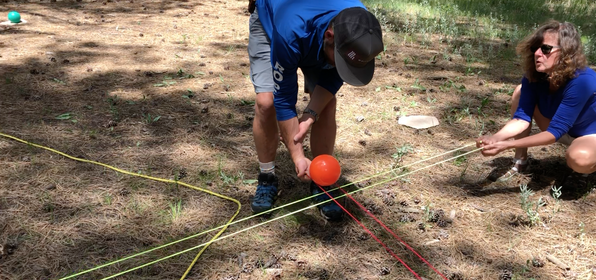
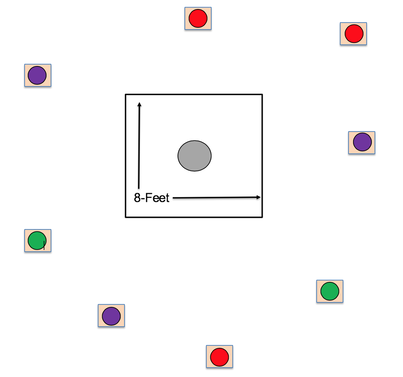
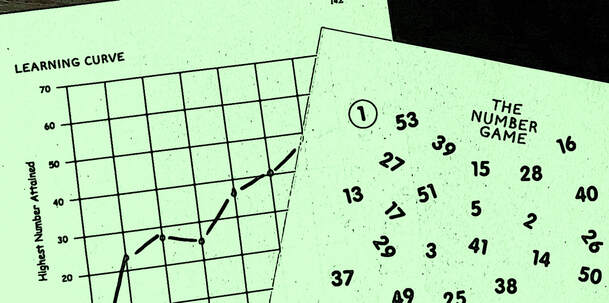
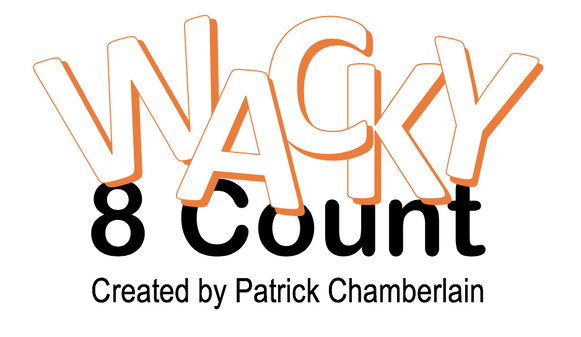
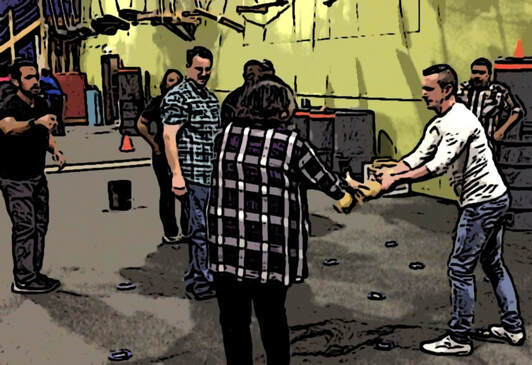
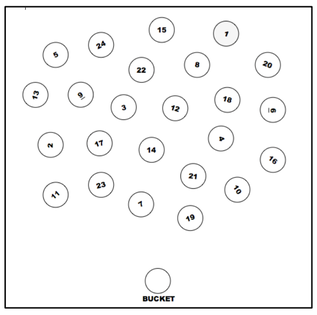
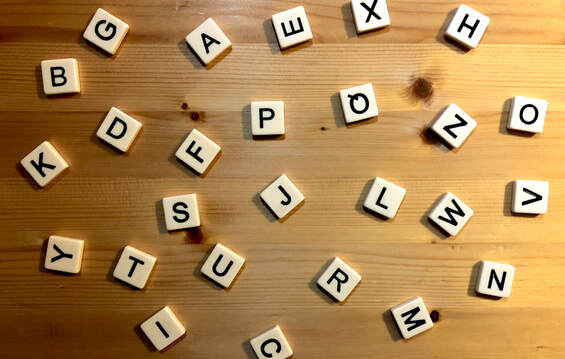
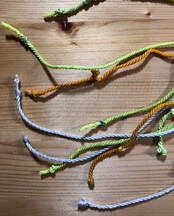
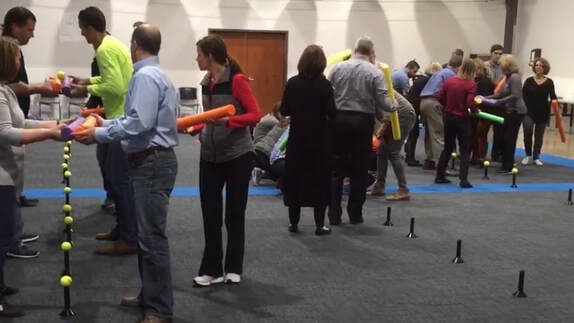





 RSS Feed
RSS Feed